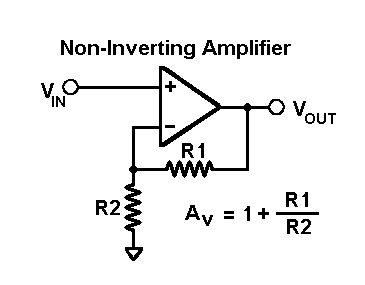If I have an input signal, \$v_{in} = A\sin(2 \pi ft)\$, and I am wanting to double the signal's amplitude so that my output then becomes \$v_{out} = 2A\sin(2 \pi ft + \theta)\$, how might one achieve this using eletrical circuit components?
Any help would be greatly appreciated!

